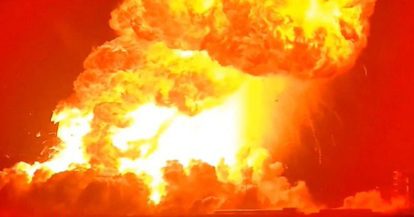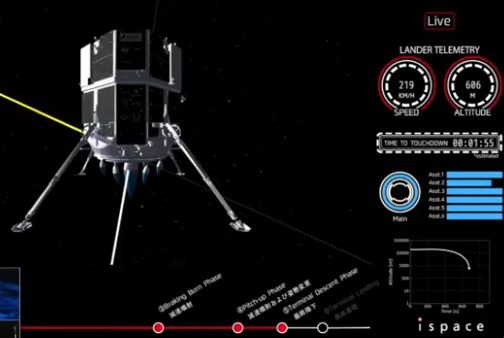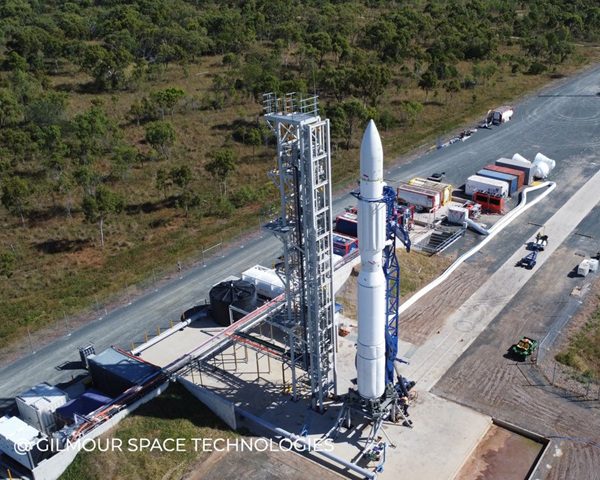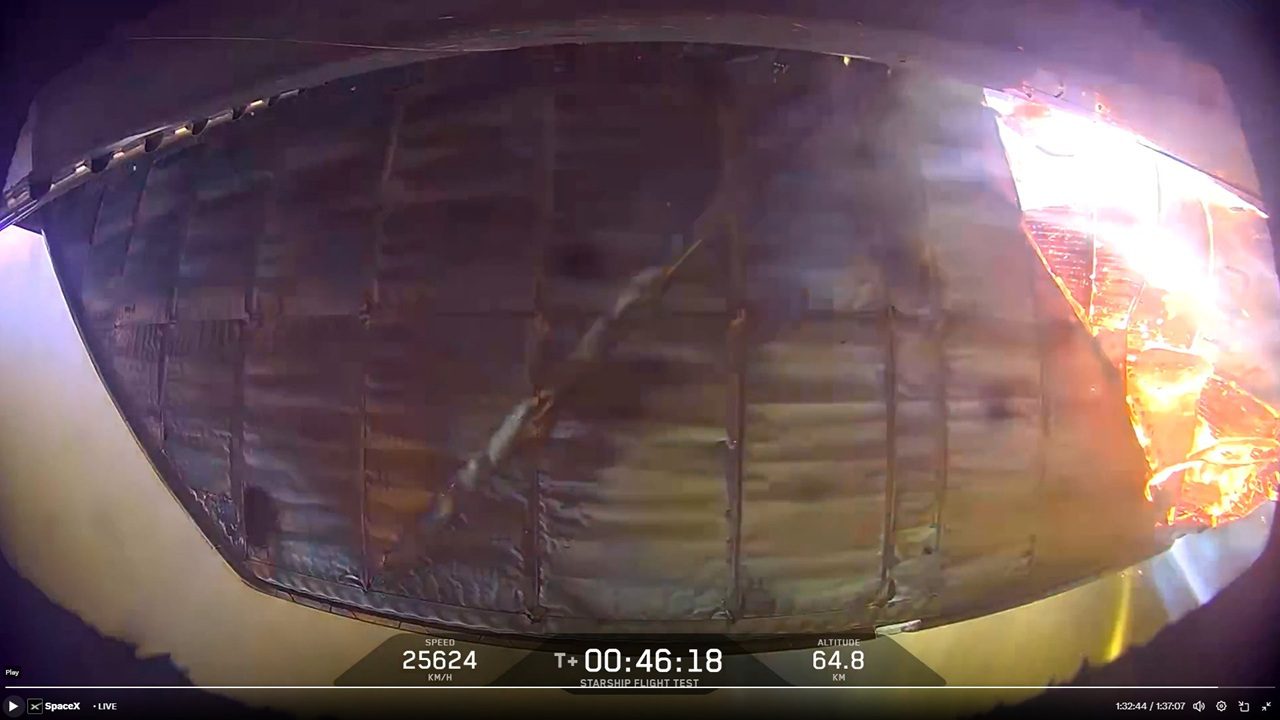Now we know that Scaled Composite’s explanation for the tail strike and port roll during its WhiteKnight Two (WK2) prototype’s fourth test flight on 20 April was thrust asymmetry from its Pratt & Whitney Canada 308A engines caused by a miss setting of the idle thrust settings, apparently giving the starboard engines more power than the port engines
Scaled’s statement does not specify which set of engines it was but, just as power was being applied following the touch-and-go the aircraft must have yawed left, because the crew countered with right rudder
If we had not reported the tail strike Scaled and Virgin Galactic would not have broken their silence over the WK2 test programme and we would not have had this explanation
Our eyewitnesses and photographers standing watching the test flight at Mojave air and spaceport were aware of a reported crosswind of about 15kt and also of the rudder issues the prototype had had. And it was this background information on the aircraft’s previous performance that certainly informed the discussions that were had after the touch and go photo sequence was circulated
In the sequence of touch and go manoeuvre photos we are seeing an aircraft touch down and then rotate at which point there is a tail strike and an input of right rudder that does not stop the aircraft from yawing left. The left yaw appears to generate left roll, which seems to take some time to control, but eventually it is rectified by a strong input to starboard resulting in level flight, all while the aircraft is climbing
Presumably a part of the recovery to wings level is a manual correction to the power asymmetry. The use of rudder and aileron input as a reaction to yaw and roll is instinctive, but manipulating throttles to correct thrust imbalance while a lot else is going on involves concentrated mental and physical coordination
Taking asymmetry as the explanation a question that can be asked is why the yaw and subsequent roll continued for as long as it did when the rudder input should have corrected for the thrust asymmetry and brought the nose back more quickly?
On a normal certified aircraft there is a requirement that rudder can overcome thrust asymmetry because an engine out situation will create exactly that asymmetry
Does WK2 have a lot of inertia with its yaw and roll?
It is not unrealistic to expect a similar struggle with a gusting crosswind, our first conclusion on 20 April, so how perfect do conditions have to be for WK2? How often will it be able to fly with an eight-person spacecraft slung beneath it?
Flight routinely speculates on the cause for aviation incidents and with this unique twin fuselage aircraft with its long Boeing 757-like wing span there are special aerodynamic characteristics that are of interest to any enthusiast interested in how aircraft perform and how they would be piloted
The story of WK2 continues






